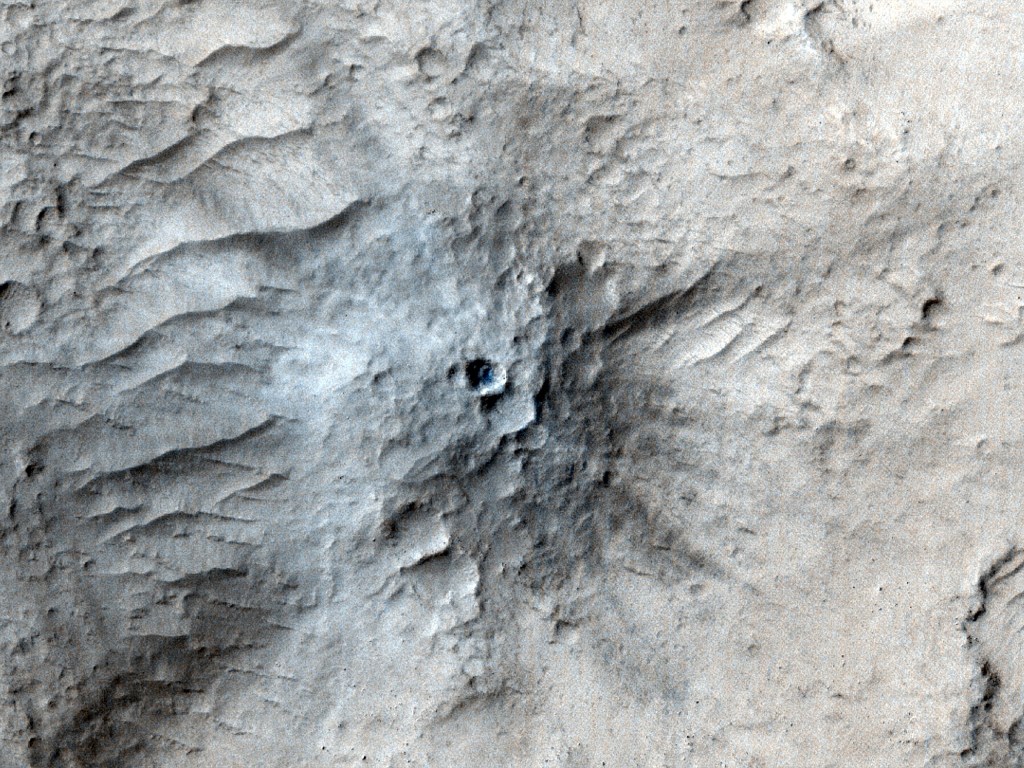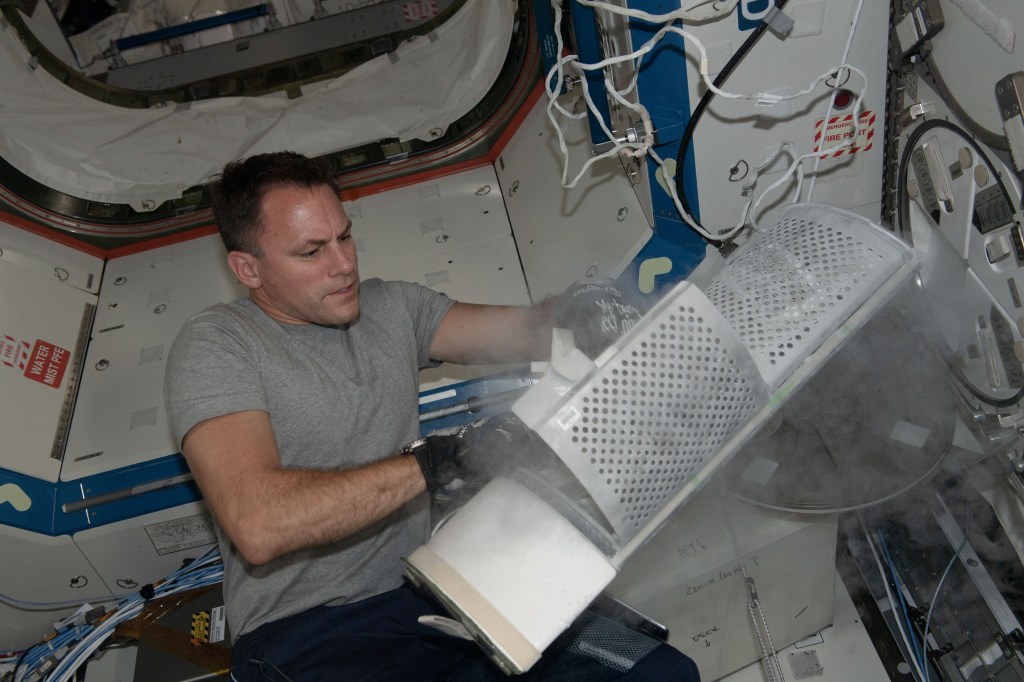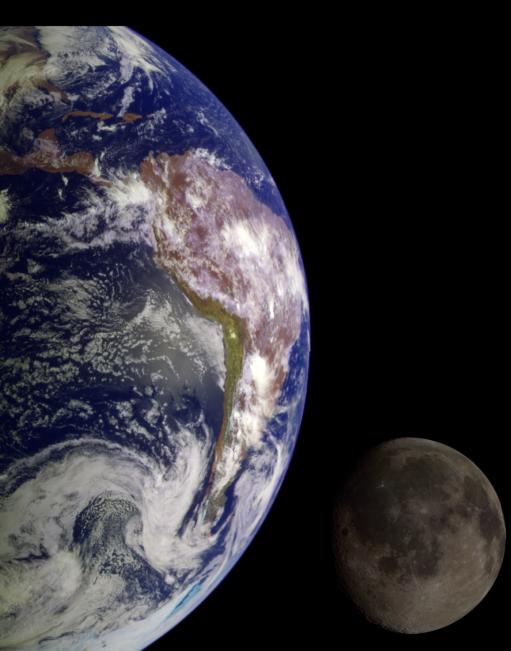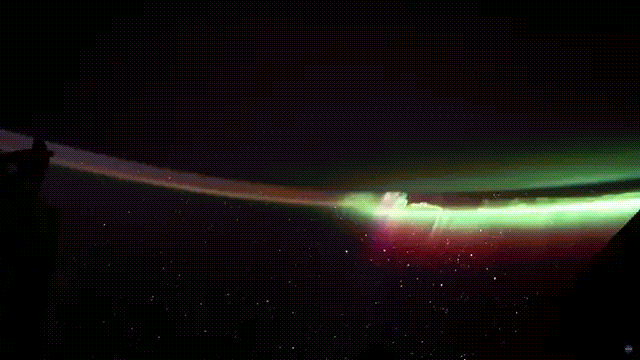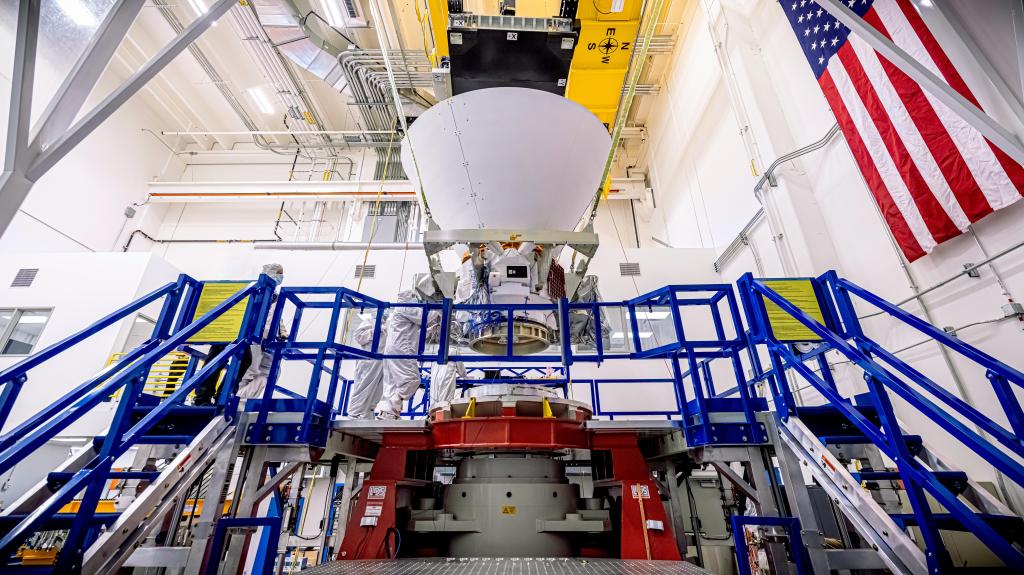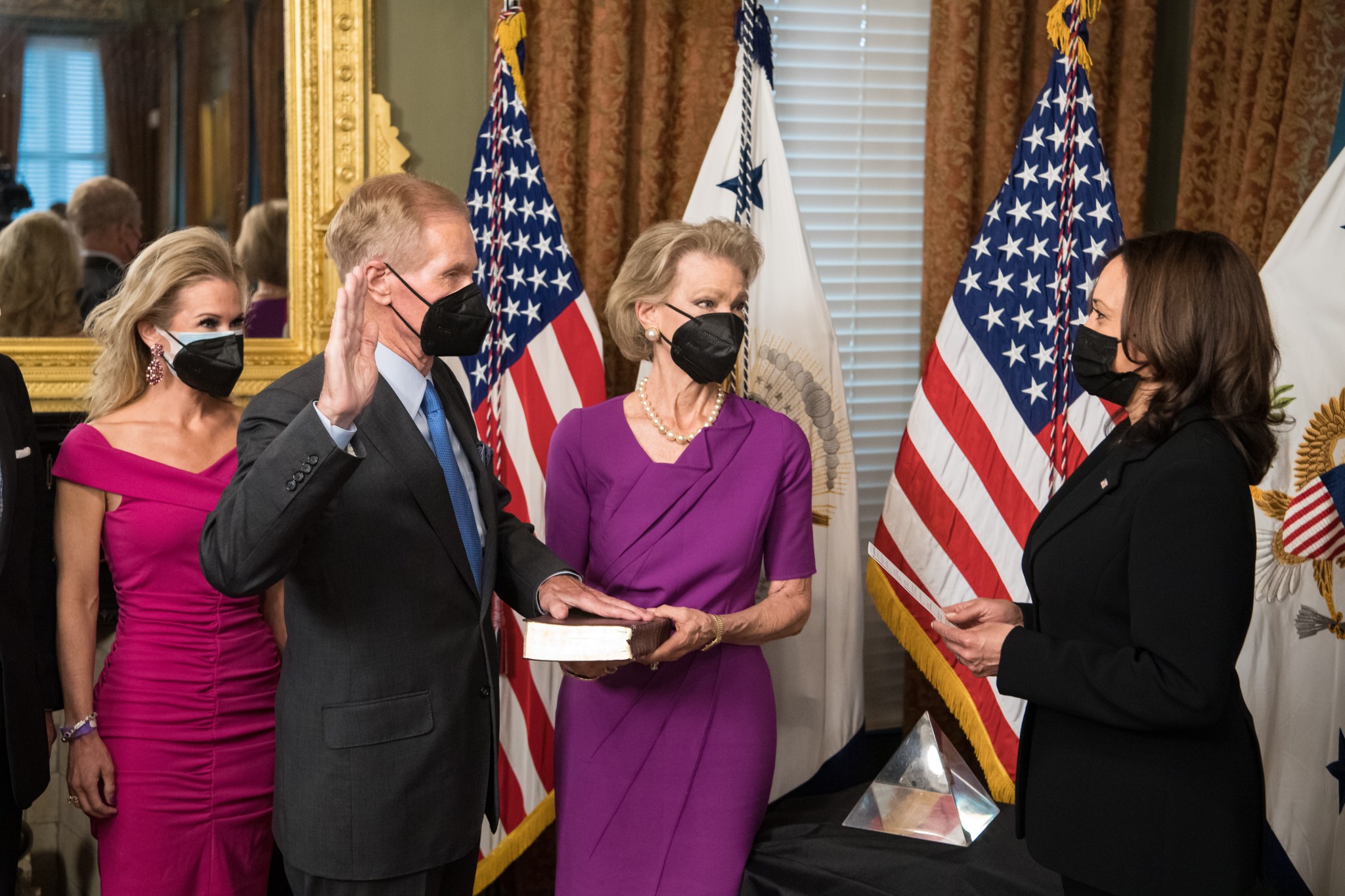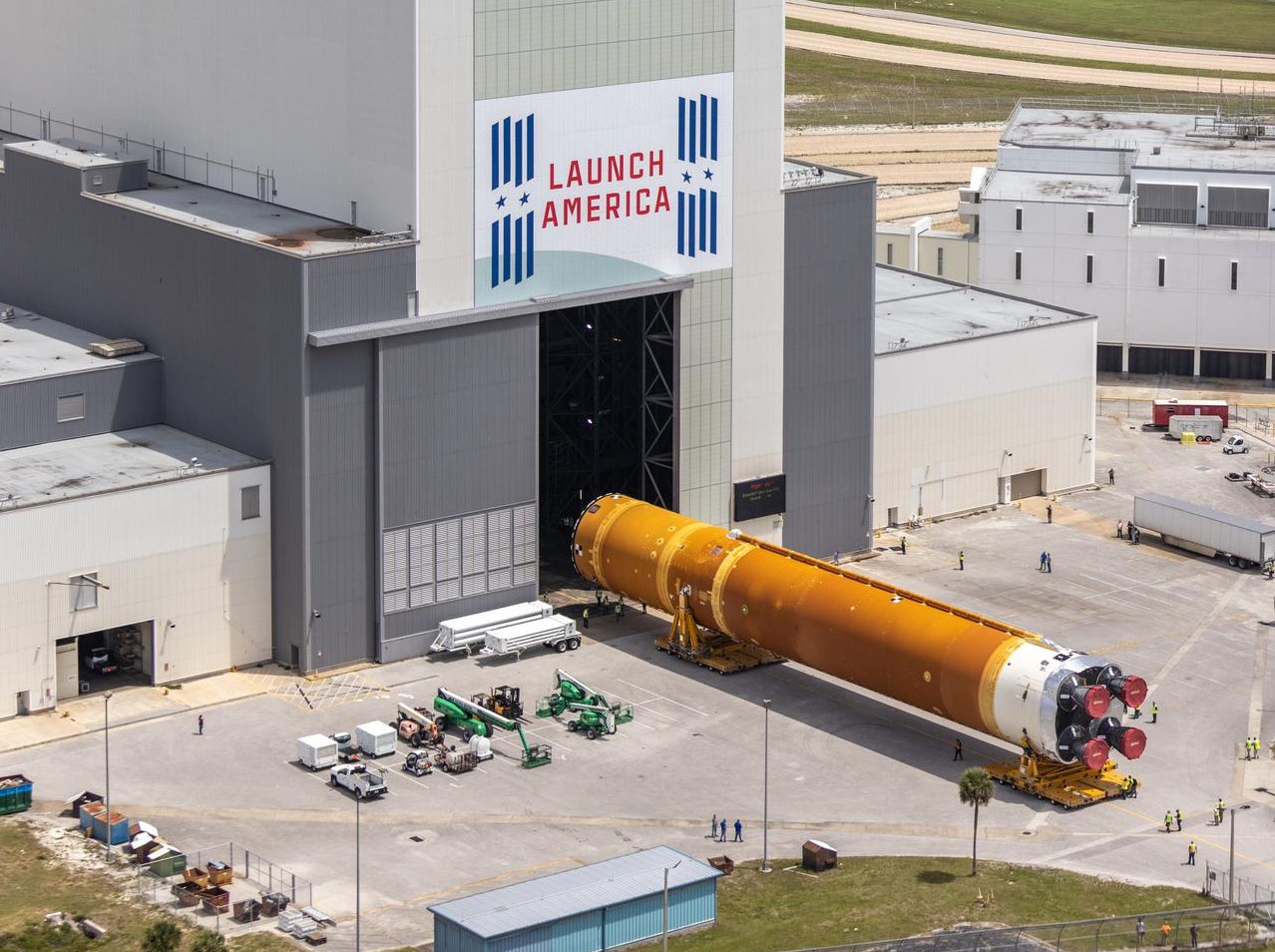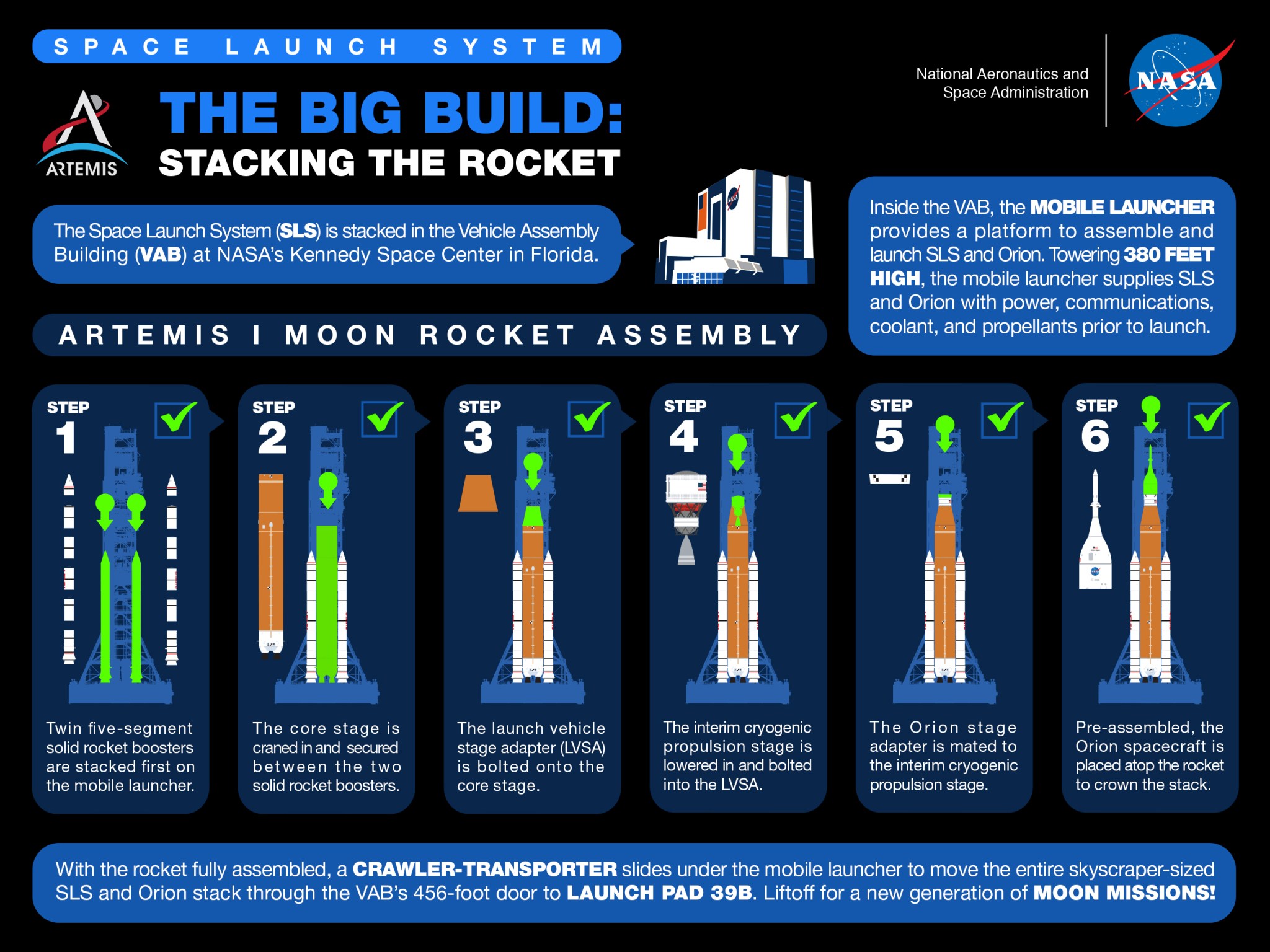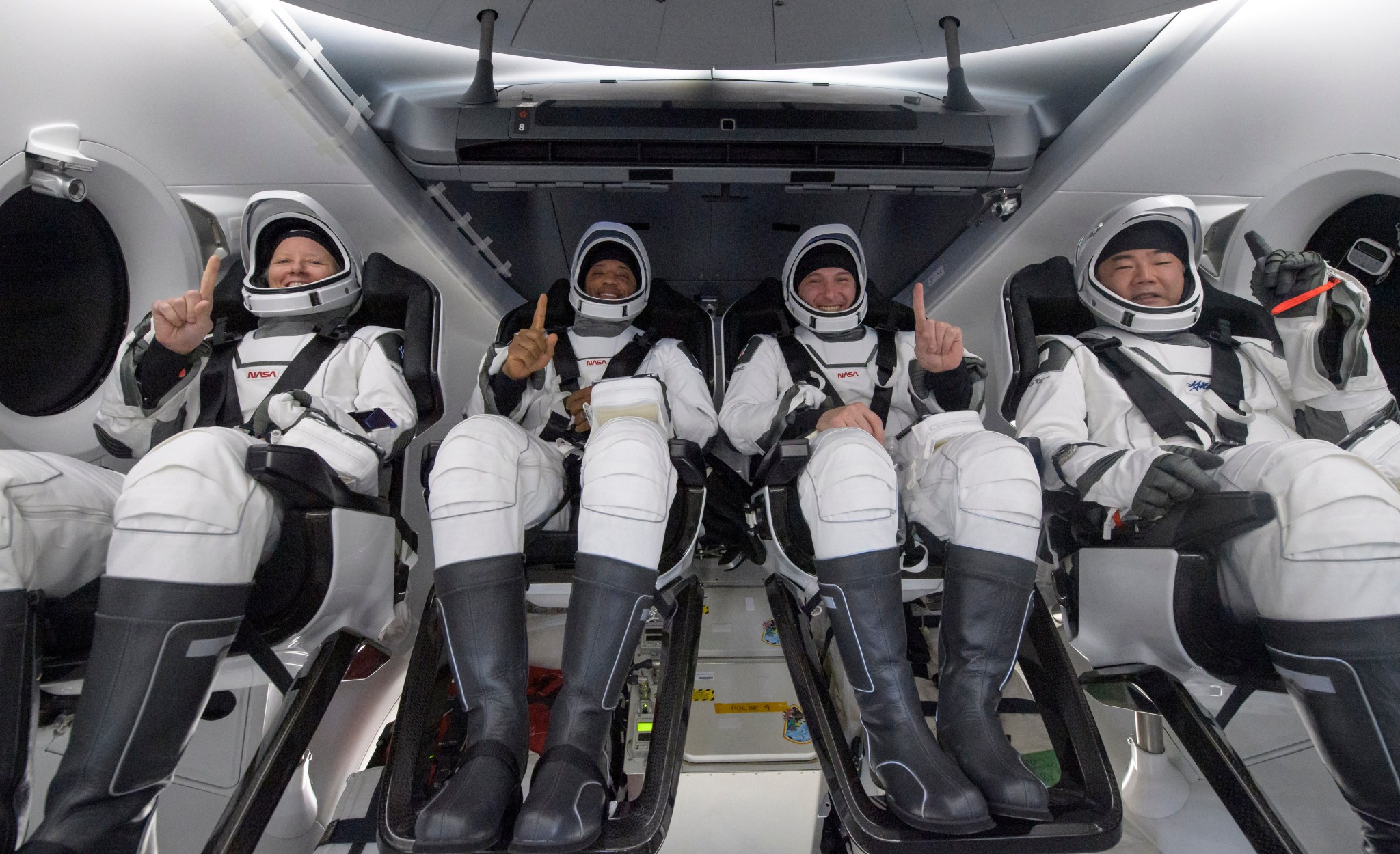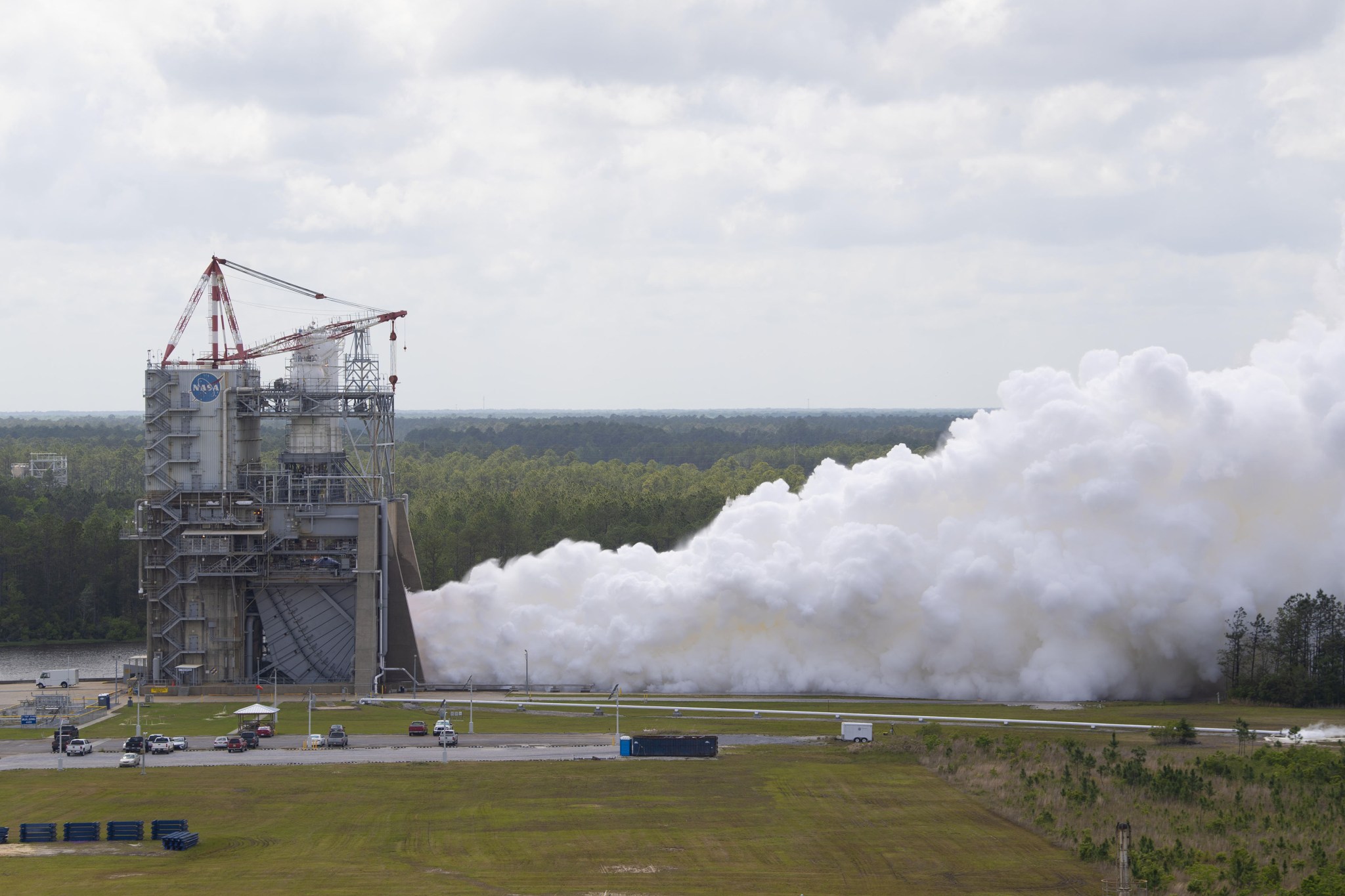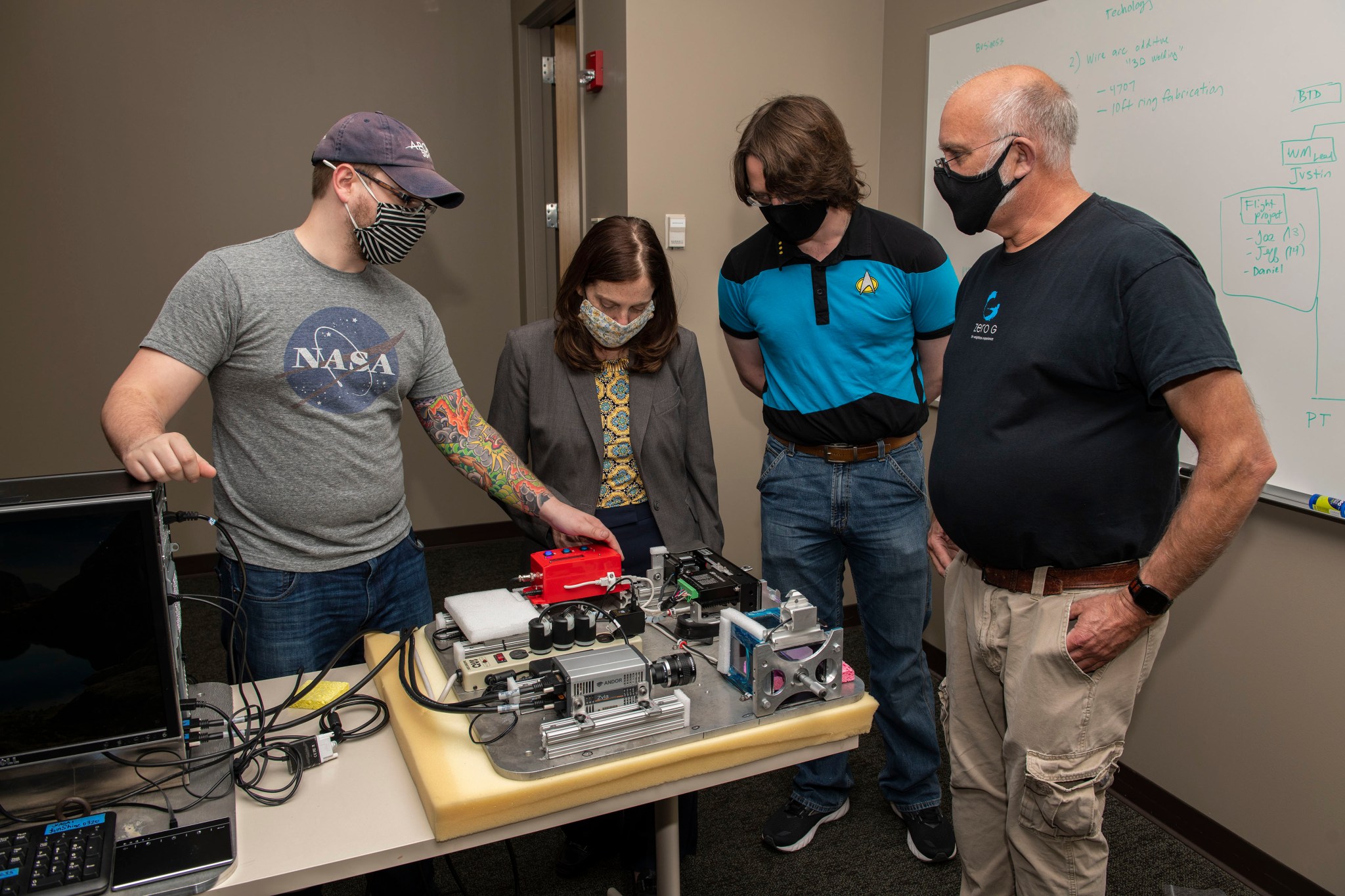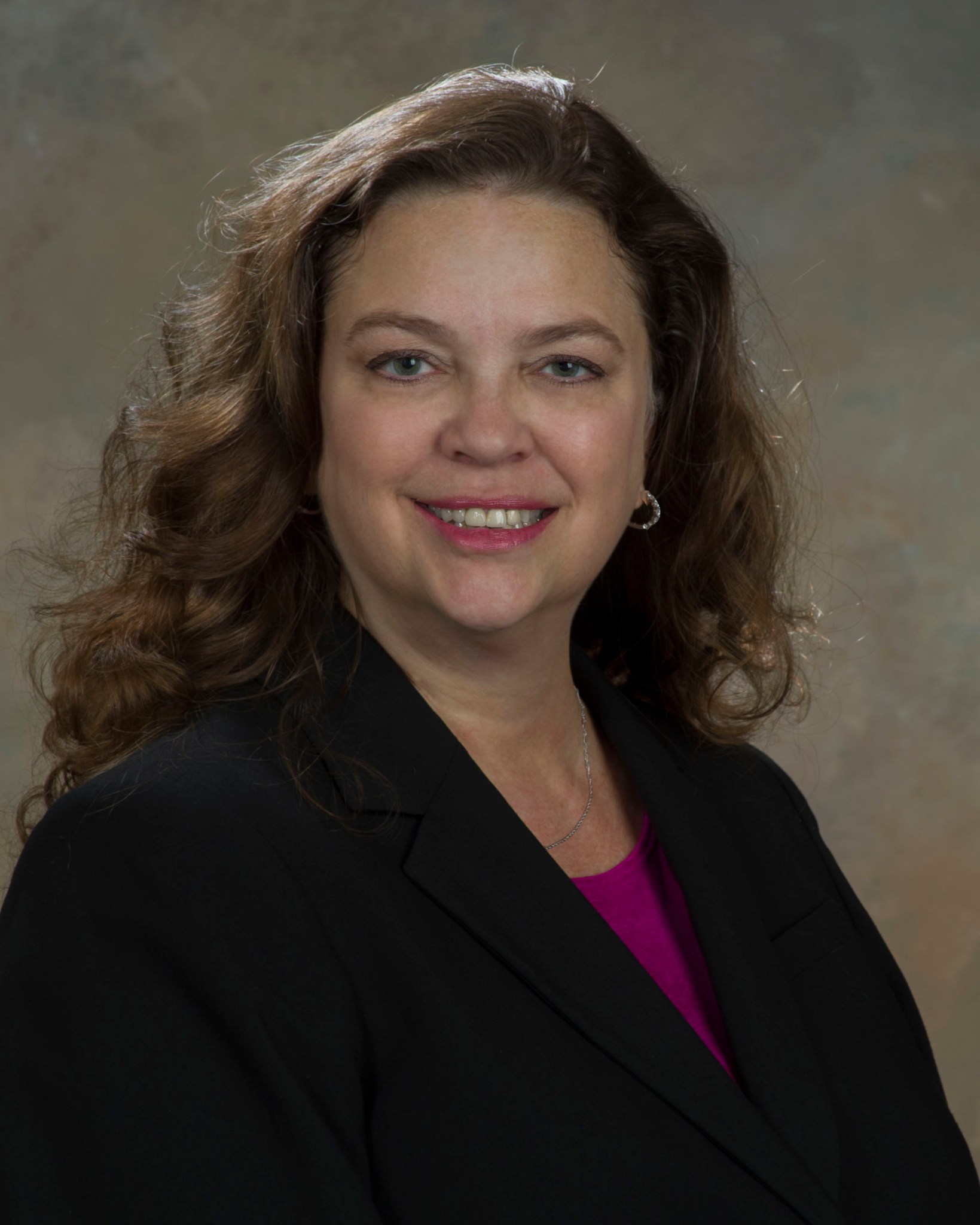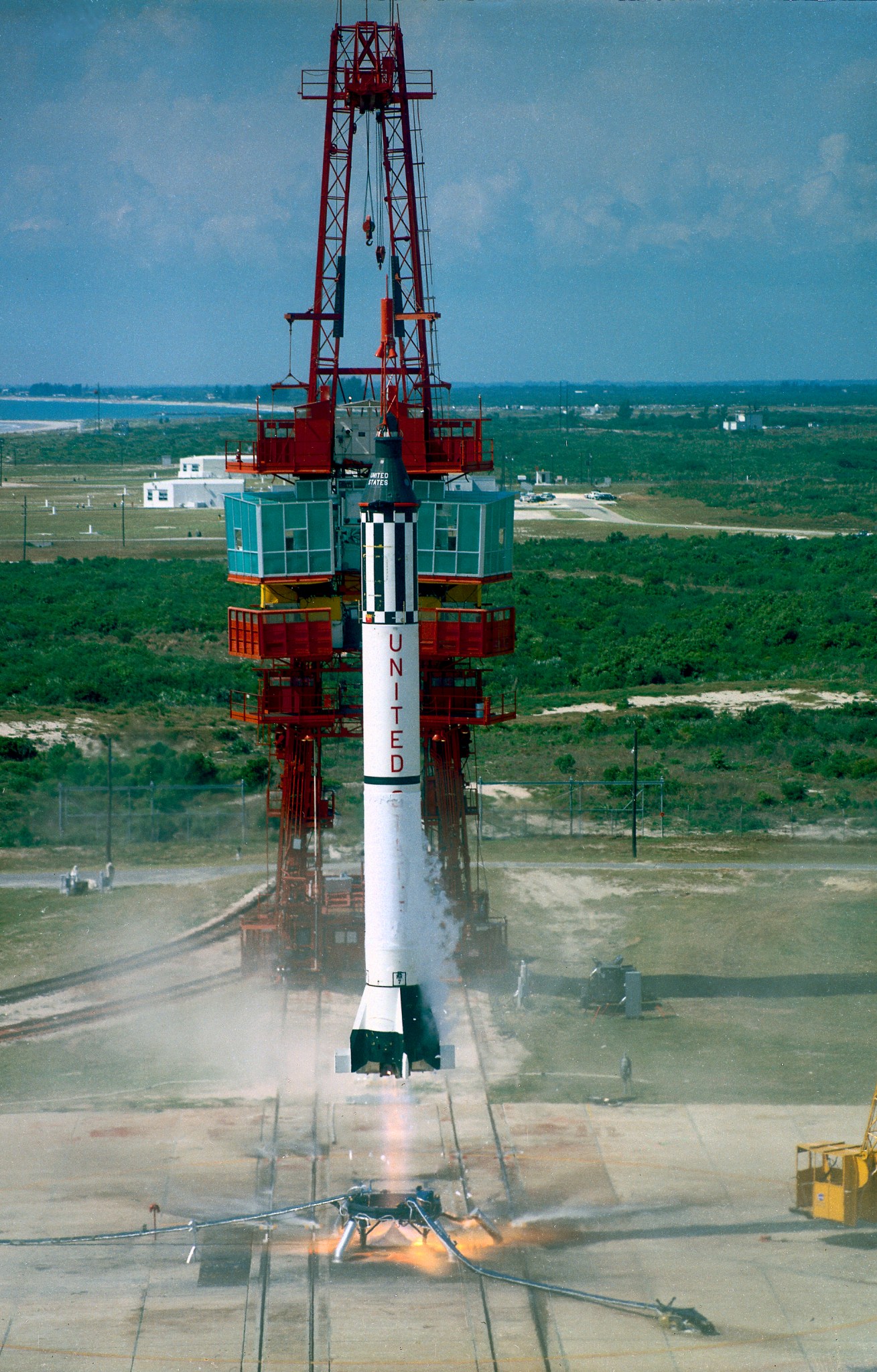Bill Nelson Takes Office as 14th NASA Administrator
Bill Nelson took office as the 14th NASA administrator on May 3, after he was given the oath of office by Vice President Kamala Harris during a ceremony at the Eisenhower Executive Office Building in Washington.
Nelson will lead the nation’s space program as it carries out critical missions, including landing the first woman and first person of color on the Moon with the Artemis program, expanding climate change research, fostering innovation, and enhancing the U.S. economy and the science, technology, engineering, and mathematics workforce.
“It’s an honor to be sworn in by Vice President Harris to serve as NASA administrator, and I look forward to a continued, strong relationship with her as chair of the National Space Council,” Nelson said. “I want to thank Steve Jurczyk for his leadership as acting administrator over the past few months, helping to carry out the Biden-Harris Administration’s priorities and ensure the success of NASA’s goals and missions. You’ve seen the incredible accomplishments at NASA over the past 100 or so days – the proof is in the pudding.”
As part of the swearing-in ceremony, Harris and Nelson were joined via video conference by Jim Bridenstine, who preceded Nelson as administrator, and in-person by Charles F. Bolden, who served as administrator from 2009 to 2017. Nelson’s family and Pam Melroy, nominee for NASA deputy administrator, were guests at the ceremony.
“I was glad to be joined today by my rock, my wife, Grace, my children, deputy administrator nominee Col. Pam Melroy, and former NASA administrators Charlie Bolden and Jim Bridenstine, whose standing with me symbolizes the continuity of purpose and bipartisanship,” Nelson said. “It’s an incredible time for the aerospace sector, and I’m excited to lead NASA’s workforce into an exciting future!”
“Congratulations, Mr. Administrator, for all the work you’ve done and all you’ve dedicated to our country,” Harris said. “I couldn’t agree more that this has to be about our nation and what is best for our nation, unencumbered by partisan politics, but based on what we know is the right thing to do.”
The U.S. Senate confirmed Nelson to serve as the NASA administrator April 29.
Nelson has an extensive history of working with NASA and has been integral to the agency’s current successes. Prior to his nomination, was a member-at-large on NASA’s advisory council. From 2001 to 2019, Nelson represented Florida in the U.S. Senate, where he served as ranking member of the Committee on Commerce, Science and Transportation and led its Subcommittee on Science and Space.
Previously, Nelson represented Florida’s 9th and 11th districts in the U.S. House of Representatives. While chair of the House space subcommittee, Nelson flew aboard the space shuttle Columbia as a payload specialist on the STS-61C mission in 1986, where he conducted 12 medical experiments including the first American stress test in space and a cancer research experiment sponsored by university researchers. The mission also included Bolden, as pilot.
NASA Leaders Discuss ‘Moving the Mission Forward’ in Virtual Town Hall
NASA acting Administrator Steve Jurczyk and NASA Deputy Associate Administrator Melanie Saunders convened a virtual agency town hall April 30 to discuss priorities of the new administration, offer insight into changing future workflows as NASA anticipates and plans for the post-COVID-19 environment, and answered questions from team members around the country.

Jurczyk, who this week ceded agency leadership to newly sworn in NASA Administrator Bill Nelson, thanked the entire NASA family for its hard work and numerous accomplishments in science, engineering, and human spaceflight over the past year. He also praised “strong commitment” to NASA’s mission by President Joe Biden’s administration, exemplified in the White House’s $24.7 billion budget request for the agency.
Expected to be passed in coming months, the budget gives NASA “resources to carry out the president’s agenda,” Jurczyk said, “to restore America’s global standing in space” – exploring the solar system as a global enterprise and creating “good, high-paying jobs in the United States.”
Saunders also spoke at length about the agency’s evolving workforce policies, assessing new approaches to staffing and workplace connectivity which could permit some workers to continue to operate from home offices, consolidate and improve office space on-site at NASA’s Marshall Space Flight Center and other facilities, and generally improve the quality of working life for all team members.
Jurczyk and Saunders were joined by Dr. J.D. Polk, chief health and medical officer for the agency; and Jeff Seaton, NASA’s chief information officer. The event was moderated by Cindy Steele, chief of public engagement.
Watch the entire town hall here.
Artemis I Core Stage for SLS Arrives at Kennedy
Crews guide the final piece of NASA’s Space Launch System rocket that will send the agency’s Artemis I mission to the Moon to the Vehicle Assembly Building at NASA’s Kennedy Space Center on April 29. The agency’s Pegasus barge ferried the 212-foot-tall core stage from NASA’s Stennis Space Center, where it underwent a successful Green Run test series, to the Space Coast. After a 900-mile journey, teams aboard the barge safely piloted the specialized self-sustaining vessel to the spaceport’s Launch Complex 39 turn basin wharf on April 27. “With the delivery of the SLS core stage for Artemis I, we have all the parts of the rocket at Kennedy for the first Artemis mission,” said John Honeycutt, SLS program manager at NASA’s Marshall Space Flight Center. “Our team looks forward to working with the agency’s Exploration Ground Systems team as all these huge pieces come together to build America’s Moon rocket.” (NASA/Frank Michaux)
Next, the heavy-lift rocket will take shape on the mobile launcher this summer. Teams with Exploration Ground Systems and contractor Jacobs will lead efforts to integrate the rocket stage with other parts of the rocket and NASA’s Orion spacecraft on the Mobile Launcher inside the Vehicle Assembly Building. The twin solid rocket boosters are already fully stacked. (NASA)
Crew-1 Astronauts Safely Splash Down After Space Station Mission
NASA astronauts, from left, Shannon Walker, Victor Glover, and Mike Hopkins, and Japan Aerospace Exploration Agency astronaut Soichi Noguchi, react after returning to Earth inside the SpaceX Crew Dragon Resilience spacecraft May 2. Resilience was brought aboard the SpaceX GO Navigator recovery ship shortly after landing in the Gulf of Mexico off the coast of Panama City, Florida, at 1:56 a.m. CDT. The return came nearly six months after the crew members arrived at the microgravity laboratory and also marked the longest-duration mission of a crewed American spacecraft. Crew-1 was the first night splashdown of a U.S. crewed spacecraft since Apollo 8’s predawn return in the Pacific Ocean on Dec. 27, 1968. (NASA/Bill Ingalls)
NASA Continues RS-25 Engine Testing for Future Artemis Missions
NASA conducted a long-duration RS-25 single-engine test April 28, continuing its seven-part test series to support development and production of engines for future missions of the agency’s Space Launch System rocket.
Operators fired the engine for almost 11 minutes – 650 seconds – on the A-1 Test Stand at Stennis Space Center, providing valuable data to Aerojet Rocketdyne, lead contractor for the SLS engines, as it begins production of new engines for use after the first four SLS flights. Four RS-25 engines, along with a pair of solid rocket boosters, will help power SLS at launch. Engines for the rocket’s first four Artemis program missions to the Moon already have been tested. Operators now are focused on collecting data to demonstrate and verify various engine capabilities, evaluate new engine components manufactured with cutting-edge and cost-saving technologies, eliminate operating risks, and enhance engine production.
The latest duration test represents the time three engines would have to fire to burn up propellant and power SLS to orbit, in the event one of four engines experiences an early shut down during launch. The longer time also allows operators to schedule and meet more performance objectives during a test. Operators fired the engine at 113% of its original power level for a period of time. RS-25 engines must fire at 111% to help power the launch of SLS; firing at 113% helps operators to test a margin of safety. The hot fire also marked the second test of a new NASA-designed thrust vector control system used to gimbal engines for the test. “Gimbaling” refers to how the engine must move to ensure proper flight trajectory. During the test, operators demonstrated the ability of the new thrust vector control to move engines on both a tight circular axis and back-and-forth on a line.
With the Artemis program, NASA will land the first woman and the first person of color on the Moon and establish sustainable exploration in preparation for missions to Mars. SLS and NASA’s Orion spacecraft, along with the commercial human landing system and the Gateway in orbit around the Moon, are NASA’s backbone for deep space exploration. SLS is the only rocket that can send Orion, astronauts, and supplies to the Moon in a single mission. RS-25 tests at Stennis are conducted by an integrated team, including NASA, Aerojet Rocketdyne, and Syncom Space Services, the prime contractor of Stennis facilities and operations.
NASA Remembers Michael Collins
Former NASA astronaut Michael Collins, who flew on the Gemini 10 and Apollo 11 missions, died April 28 at the age of 90.
During the 1969 Apollo 11 mission, Collins remained in lunar orbit while fellow crewmembers Neil Armstrong and Buzz Aldrin descended to the Moon’s surface in the lunar module. On July 20, they became the first men to step onto the surface of another planetary body, while Collins orbited 65 miles above them.
“Today the nation lost a true pioneer and lifelong advocate for exploration in astronaut Michael Collins,” acting NASA Administrator Steve Jurczyk said. “As pilot of the Apollo 11 command module – some called him ‘the loneliest man in history’ – while his colleagues walked on the Moon for the first time, he helped our nation achieve a defining milestone. He also distinguished himself in the Gemini Program and as an Air Force pilot.
“NASA mourns the loss of this accomplished pilot and astronaut, a friend of all who seek to push the envelope of human potential. Whether his work was behind the scenes or on full view, his legacy will always be as one of the leaders who took America’s first steps into the cosmos. And his spirit will go with us as we venture toward farther horizons.”
In a statement, his family said, “Mike always faced the challenges of life with grace and humility, and faced this, his final challenge, in the same way. We will miss him terribly. Yet we also know how lucky Mike felt to have lived the life he did.”
The plaque left on the moon that said, “We came in peace for all mankind,” was signed by Armstrong, Aldrin, Collins and President Richard M. Nixon.
Collins was born Oct. 31, 1930, in Rome, Italy. He graduated from Saint Albans School in Washington, D.C., and graduated from the U.S. Military Academy at West Point in 1952. He chose an Air Force career. He was a fighter pilot and from 1959 to 1963 a test pilot at Edwards Air Force Base in California. He logged more than 4,200 hours of flying time.
Collins was a member of the third group of NASA astronauts, selected in October 1963. His first flight was as pilot of Gemini 10, a three-day mission launched July 18, 1966. The flight, commanded by John Young, set an altitude record. The rocket of an Agena target-docking vehicle with which they had docked boosted them into an altitude of 476 miles. Later they rendezvoused with a second Agena. Collins became the third U.S. spacewalker when he retrieved a micrometeorite detection device from that Agena.
Including the Apollo 11 mission, Collins logged 266 hours in space. He also served as capsule communicator for Apollo 8, relaying information between mission control and the crew.
“Exploration is not a choice, really, it’s an imperative,” Collins once said.
Collins retired from the Air Force as a major general, left NASA in 1970, and became assistant secretary of state for public affairs. In 1971 he joined the Smithsonian Institution as director of the National Air and Space Museum. His responsibilities included planning and construction of a new museum building. It was completed on time and under budget, and opened to the public in 1976.
He became vice president of LTV Aerospace and Defense Co. in 1980. He left that post in 1985 to start his own company. He was also an independent consultant who wrote and lectured about space.
Collins wrote several books: “Carrying the Fire” in 1974, “Flying to the Moon and Other Strange Places” in 1976, “Liftoff: The Story of America’s Adventure in Space” in 1988 and “Mission to Mars” in 1990.
Collins was awarded honorary degrees form six universities. Decorations and awards he received included the Presidential Medal for Freedom, the Robert J. Collier Trophy, the Robert H. Goddard Memorial Trophy, and the Harmon International Trophy.
Relevant Environment Provides Testing for Technology Payloads
By Taylor Goodwin
Understanding how an experimental payload will respond to the conditions of space is crucial to a researcher’s ability to confirm designs or make necessary adjustments before progressing to more costly orbital deployments. To do so, scientists often use a modified airplane that achieves periods of variable gravity through a series of maneuvers called parabolas. These parabolic flights provide a gateway to weightlessness, allowing research teams to interact with their hardware in zero gravity conditions for intervals of approximately 22 seconds.
A parabolic flight campaign beginning in late April and continuing in early May will take place in Fort Lauderdale, Florida. The flights are provided by Zero-G and are helping to advance several promising space technologies.
NASA’s Flight Opportunities program, within the Space Technology Mission Directorate, makes these experiment flights possible by facilitating rapid demonstration of promising technologies for space exploration, discovery, and results benefit life on Earth.
“By supporting testing on parabolic flights, we take technology from ground-based laboratories into relevant environments to improve readiness and validate feasibility while reducing the costs and technical risks of future missions,” said Earl Adams, parabolic flight campaign manager for Flight Opportunities.
The experiment, developed by NASA’s Marshall Space Flight Center and Rensselaer Polytechnic Institute of Troy, New York, studies the formation of potentially destructive amyloid fibrils, or protein clusters, like those found in the brain tissue of patients battling neurodegenerative diseases. Such illnesses may damage neurons, the drivers of the human nervous system. Experimentation in microgravity provides the opportunity to study amyloid fibril formation in conditions more analogous to those found in the human body than can be studied in a ground-based laboratory environment.
The test apparatus consists of a syringe that holds solution to be dispensed, a tube capable of dispensing a stable liquid drop, and a motor that is activated to drive the piston in the syringe to dispense the liquid. During flight, video cameras will be in position to capture the behavior of the fluid droplet as it is dispensed.
“This flight opportunity is enhancing our knowledge of how fluids behave in space and is bringing us closer to a breakthrough that could help explain the development of neurological diseases such as Alzheimer’s and Parkinson’s,” said Dr. Sridhar Gorti, project scientist for the experiment at Marshall. “The team, a government-sponsored collaboration with research and industry, is passionate about unlocking the mechanisms of these devastating diseases.”
This flight aims to demonstrate hardware capabilities to deploy and pin several liquid solutions of differing surface tensions that will be used in future Ring-Sheared Drop and International Space Station experiments. The data collected will establish the effects of surface tension on liquid drop growth and pinning. Information learned in flight will enable corrective measures and processes for the experiment before additional testing on the space station.
How is zero gravity achieved in flight? A modified Boeing 727 from Zero-G, named G-Force One, performs a maneuver where the aircraft quickly moves to a rapidly increasing altitude and into a trajectory that follows the shape of a parabola and the power thrust is reduced. The gravitational force on the plane during this maneuver goes from 1.8 G to 0 G for about 22 seconds. The pilots work in tandem to maintain the temporary zero gravity while also controlling the roll angle and engine thrust. An exit maneuver is then completed on the descending part of the parabola to return the aircraft to a stabilized altitude level.
Follow NASA’s Watch the Skies blog in the coming week for the latest updates on the team, the parabolic flight, and the results of the Ring-Sheared Drop experiment.
Goodwin, a Media Fusion employee, supports the Office of Strategic Analysis & Communications.
Ginger Flores Appointed Anti-Harassment Coordinator
Ginger Flores, deputy manager of the Human Exploration Development & Operations
Office at NASA’s Marshall Space Flight Center, has been appointed the center’s anti-harassment coordinator. Flores succeeds Mary Beth Koelbl, director of the Engineering Directorate, who had served in the coordinator role since June 2018.
Marshall is committed to maintaining a workplace that is free of discrimination on the basis of race, color, national origin, religion, age, physical or mental disability, genetic information – including family medical history – or sex, including pregnancy, sexual harassment, sex stereotyping, sexual orientation, gender identity, or caregiving responsibilities.
A detailed description of the NASA Anti-Harassment Procedures is available here. The NASA fiscal year 2020 Policy Statement on Anti-Harassment is available here.
For more information about the NASA Anti-Harassment Campaign and other Office of Diversity and Equal Opportunity information, please visit the office’s page.
NASA Selects Consolidated Program Support Services Configuration and Data Management Contractor
NASA has awarded the Consolidated Program Support Services Configuration and Data Management contract to Victory Solutions Inc. of Huntsville to provide configuration and data management services at the agency’s Marshall Space Flight Center, as well as the potential to provide these services to all other NASA centers.
The performance-based, firm-fixed-price, indefinite-delivery/indefinite-quantity contract has a potential mission services value of $96.5 million and a maximum potential indefinite-delivery/indefinite-quantity value of $160 million. The contract begins July 1, with a one-year base period, followed by seven one-year option periods that may be exercised at NASA’s discretion.
Under the Service-Disabled Veteran-Owned Small Business award, Victory Solutions will be responsible for providing configuration and data management support to include planning, coordination, technical management, execution, and surveillance for programs, projects, and organizations with directorates and offices that exercise responsibility for their hardware and software products.
This Week in NASA History: Alan Shepard Becomes First American in Space – May 5, 1961
This week in 1961, astronaut Alan Shepard lifted off in the Freedom 7 spacecraft from Cape Canaveral, Florida, embarking on the first crewed space mission for the United States. It was the fourth flight of the Mercury-Redstone rocket, developed at NASA’s Marshall Space Flight Center. During the 15-mintue suborbital flight, Shepard reached an altitude of 115 miles and traveled 302 miles. This year marks the 60th anniversary of the first crewed Project Mercury flight. Today, Marshall is playing a vital role in the Artemis program by developing the Space Launch System, the backbone of NASA’s exploration plans and the only rocket capable of sending humans to the Moon and Mars. The NASA History Program is responsible for generating, disseminating, and preserving NASA’s remarkable history and providing a comprehensive understanding of the institutional, cultural, social, political, economic, technological, and scientific aspects of NASA’s activities in aeronautics and space. For more pictures like this one and to connect to NASA’s history, visit the Marshall History Program’s webpage. (NASA)

